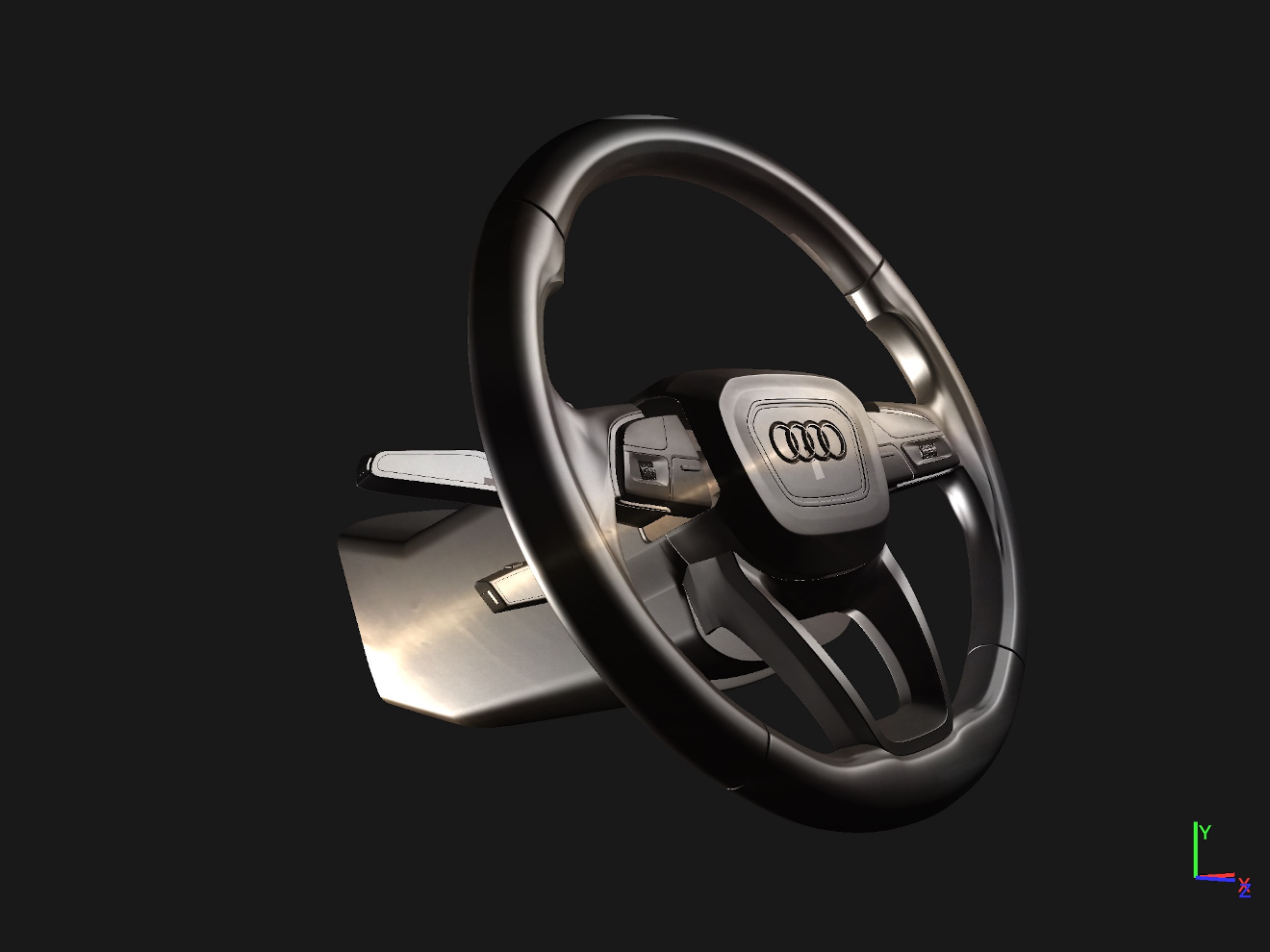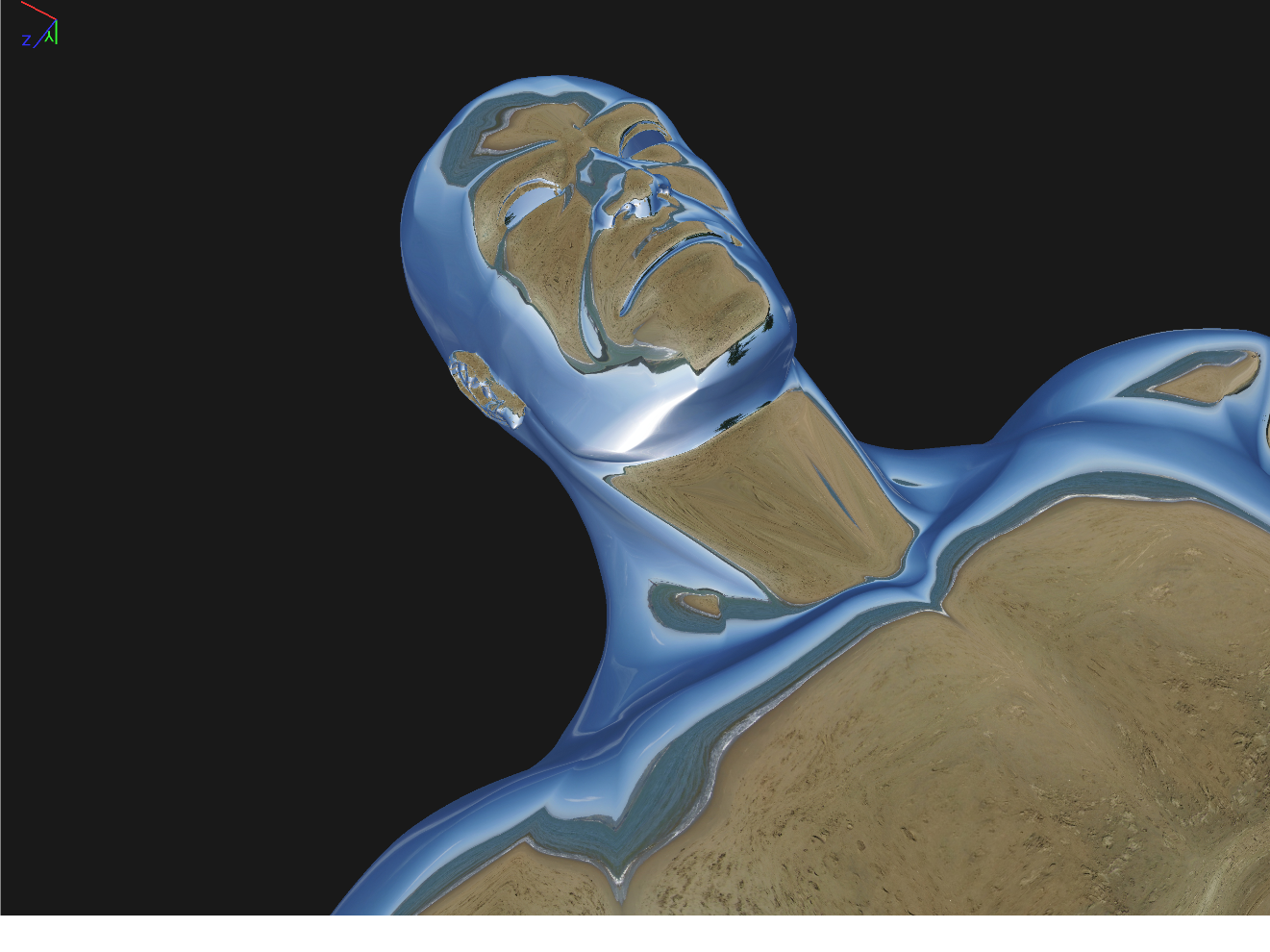Employs recursive subdivision for superior surfaces.
Boulder Graphics has just released a version of their super-fast, and small (SW) footprint recursive subdivision (SubD) interface, SuperD for Rhino3D version 6, which is a 3D modeler for conceptual design. The plug-in employs the popular recursive subdivision (SubD) interface and produces smoother and more organic surfaces. There are no troublesome extraordinary point (dimples), irregular triangulations, or patch clusters, says Boulder Graphics chief scientist & founder Alyn Rockwood, PhD. The output is smooth (C2 continuous in tech jargon) and watertight.
Import of OBJ files allows users to download thousands of existing SubD models to produce higher quality, more efficient surfaces. This latest version interfaces with the full suite of Rhino applications. SuperD also fosters original creation of organic objects through its own, simple to use toolbar.

The 3D editing tools include all Rhino gumball operations. Also included are tools for extending the model through extrusion, subdivision, duplication, and deletion. The SuperD model converts to Rhino B-spline model with a single button click.
“SuperD is for high quality sculptured surfaces,” says Rockwood. “It has better quality surfaces, is faster, than any design approach I know on mobiles. It also has strong implications for cloud computing.”
SuperD employs the popular SubD interface for a fast learning curve and for intuitive creation of original models, or to access the existing SubD legacy of models, but using his approach, says Rockwood, SuperD can produce high-quality (mostly C2) surfaces, no extraordinary points, regular triangulations without cracks, without patch clusters, and enables points, creases, darts and rounded edges of any degree of sharpness.

Users have commented on how fast and efficient it is. Entrepreneur and former ACM President Alain Chesnais added, “SuperD is an exciting new app for conceptual modeling. It’s fun and it’s fast!”
One of its main characteristics is its compact database, and its natural ability to create watertight models for 3D printing using OBJ and B-spline input/output.
The program includes Level of Detail (LOD) management, integrates seamlessly with Rhino3D, and offers 3D editing operations including box select, rotate, pan, scale, pull (extrude), duplicate, subdivide, delete, and B-spline convert.
There are layering (groups) and open or closed models with Bezier curve boundaries.

SuperD can be purchased for $550, and requires Rhino3D version 6, and is available now.






